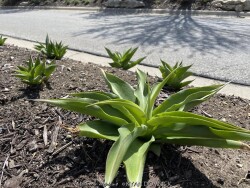
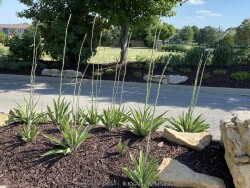
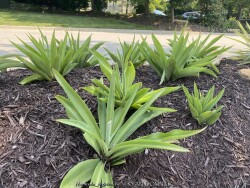
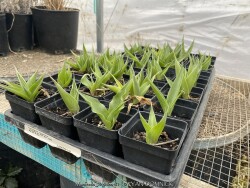
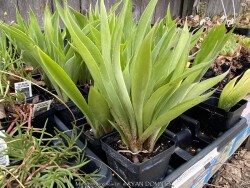

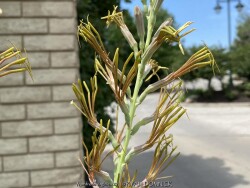
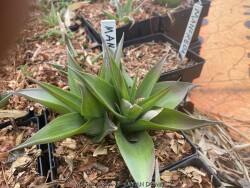
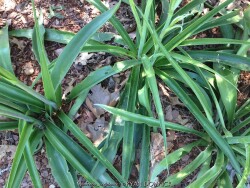
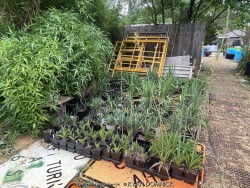
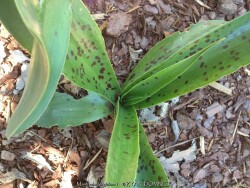

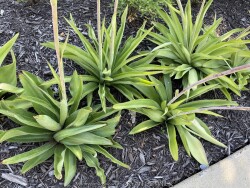
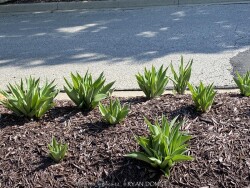
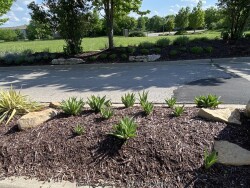
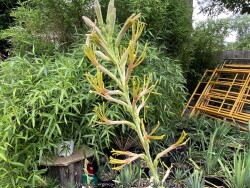
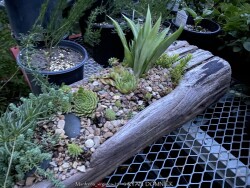
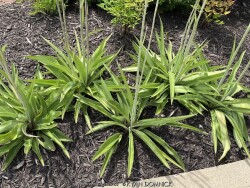


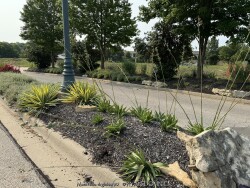
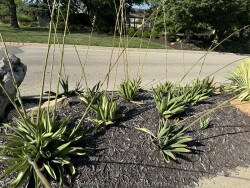
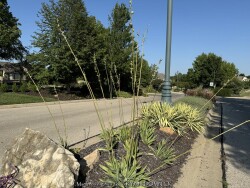
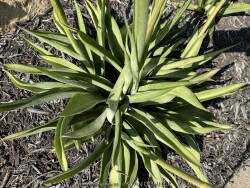
Plant Min Zone: 5a
Plant Max Zone: 9a
Sunlight: All Day Full Sun, Full Sun, Part Sun
Water / Rainfall: Very Low, Low, Average
Soil Quality: Poor, Average
Bloom Season: Insignificant
Flower Color: Green, Chartreuse, Yellow
Berry / Fruit Color: None
Spring Foliage Color: Green, Maroon
Summer Foliage Color: Green, Maroon
Fall Foliage Color: Green, Maroon
Evergreen Foliage: No
Winter Interest: Yes
Scented Flowers: No
Drought Tolerance: High
Wet-Feet Tolerance: Low
Humidity Tolerance: Low, Medium
Wind Tolerance: High
Poor Soil Tolerance: Sandy Soils, Rocky Soils
Height: 0.5' - 1'
Width: 0.5' - 1'
Growth Rate: Slow
Service Life: Medium: 3-5 years
Maintenance Need: Low
Spreading Potential: Extremely Low
Yearly Trimming Tips: Yuccas and Cacti Need No Trimming Except to Remove the Dead Flower Stalk.
Plant Grouping Size: Small Grouping of 3-5
Best Side of House: South Exposure, West Exposure
Extreme Planting Locations: Survives Under Roof Overhang, Thin Roof Garden Locations, Survives Severe Drought, Tolerates Extreme Heat, Resistant to Rabbits, Crevice Gardens
Ornamental Features: Exceptional / Colorful Foliage
Special Landscape Uses: None
Possible Pest Problems: Root Rot Disease
Plant Limitations: Needs Excellent Drainage
Shippable in 2026: YES
Hardy Manfreda (Manfreda virginica) are cute succulent perennials resembling a dwarf agave. The attractive green leaves are thick and fleshy with maroon spots extending to a point with a soft tip. Unusual, greenish-white, tubular flowers with conspicuous stamens are borne in a spike-like cluster atop 3-4' tall stalks. Some people prefer to trim the flowers for a more neat, compact look. Manfreda plants (also called American aloe) are native to eastern woods of Missouri, Oklahoma, Texas, Arkansas and much of the Southeast United States. This cold hardy succulent occupies an unusual niche: growing in poor shallow sandstone based soils in open woods and on sunny rock cliffs that dry out too quickly for most other plants to colonize. A good question is how does it find such isolated areas to colonize in the first place? Seeds are produced but do not spread far. Grow this small native gem in rock gardens, dry shade areas, in parking lot medians, in cracks between rocks, or on top of or in a retaining wall. It will re-seed to thicken the colony but only germinate in bare thin soils with no mulch. It will not tolerate competition in rich moist soils as other plants (or weeds) will shade it out. Most rock garden plants do not thrive indoors; aphids and spider mites seem to find them after a few months but overwintering indoors in a cool environment may work. If grown in pots and kept on the dry side, you may leave out all winter allowing to freeze solid; plants will go completely dormant and resume growth in the spring. Great low maintenance cold hardy succulent.